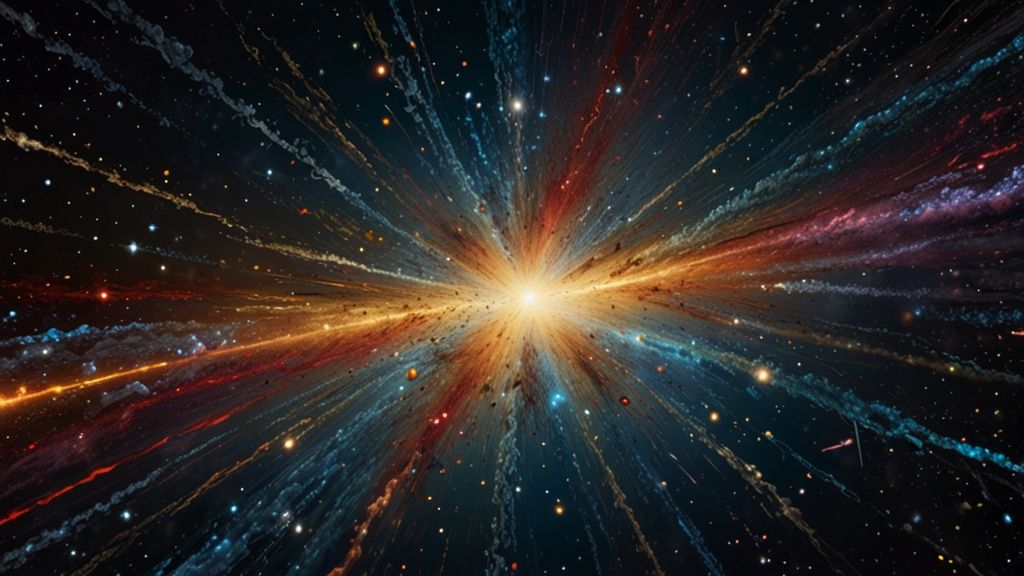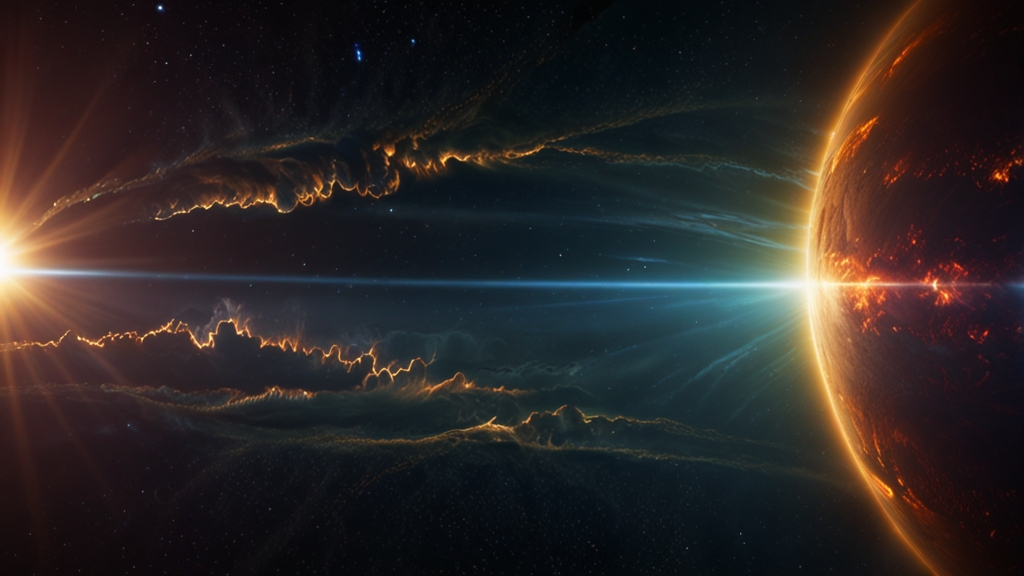The Big Bang: The Birth of Everything Explained
The universe, in all its vastness and complexity, has always intrigued humanity, prompting countless questions about its origin. One of the most compelling explanations for the birth of the universe is the Big Bang theory. Despite its somewhat misleading name, the Big Bang wasn't an explosion in space, but rather an expansion of space itself. This article delves into the fascinating details of this monumental event and its implications for our understanding of everything.
The Birth of Time and Space
The Big Bang theory posits that around 13.8 billion years ago, the universe began from an extremely hot and dense state. At this singularity, all of the universe's mass, energy, and even the very fabric of space and time were compressed into a point of infinite density and temperature. It's crucial to emphasize that this wasn't an explosion in space, but rather the simultaneous creation of space and time that expanded and continues to expand.
Evidence Supporting the Big Bang
Several key pieces of evidence support the Big Bang theory. One of the most compelling is the observation of the cosmic microwave background radiation (CMBR). Discovered in 1965 by Arno Penzias and Robert Wilson, this faint glow of microwave radiation permeates the entire universe and is a remnant of the early hot and dense state that the universe originated from.
“The cosmic microwave background radiation is the afterglow of the Big Bang, providing a snapshot of the infant universe.”
Another critical piece of evidence is the redshift of galaxies, observed by Edwin Hubble in the 1920s. Hubble found that galaxies are moving away from us, with their light stretched to longer, redder wavelengths. This redshift indicates that the universe is expanding, supporting the idea that it began from an initial, very small and hot state.
Nucleosynthesis: The Formation of Elements
In the first few minutes after the Big Bang, the universe underwent rapid expansion and cooling, leading to the formation of the first atomic nuclei. This process, known as Big Bang nucleosynthesis, resulted in the creation of the lightest elements: hydrogen, helium, and small amounts of lithium. These primordial elements formed the building blocks for the stars and galaxies that would later arise.
The Evolution of the Universe
As the universe continued to expand and cool, matter began to coalesce under the influence of gravity, forming stars and galaxies. Over billions of years, these stars underwent nuclear fusion, forging heavier elements and dispersing them into space through supernovae, leading to the rich and diverse universe we observe today.
“From a tiny singularity, the universe has evolved into a vast and complex cosmos, filled with galaxies, stars, planets, and life.”
The Ongoing Expansion
One of the most intriguing aspects of the Big Bang is that the universe's expansion is not slowing down but accelerating. This discovery, made in the late 1990s through observations of distant supernovae, suggests the presence of a mysterious force known as dark energy. Dark energy makes up about 68% of the universe and acts as a repulsive force, driving the accelerated expansion of the cosmos.
Implications and Future Discoveries
The Big Bang theory has revolutionized our understanding of the universe's origins and its subsequent evolution. However, many mysteries remain. For instance, what initiated the Big Bang? What is dark energy, and how does it influence the universe's fate?
Future discoveries in physics and astronomy will undoubtedly shed light on these tantalizing questions. Advanced telescopes and experiments, such as those conducted by the James Webb Space Telescope and the Large Hadron Collider, promise to unlock new insights into the early universe and the fundamental forces shaping its destiny.
Conclusion
The Big Bang theory offers a compelling narrative of the universe's birth and evolution. From an incredibly dense and hot initial state, the universe has expanded and cooled, leading to the creation of galaxies, stars, planets, and ultimately, life. Although we have uncovered much about this monumental event, the quest to understand the cosmos in its entirety continues, promising exciting discoveries and deeper insights into the nature of reality itself.









